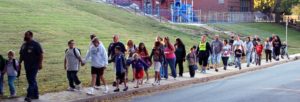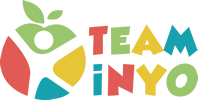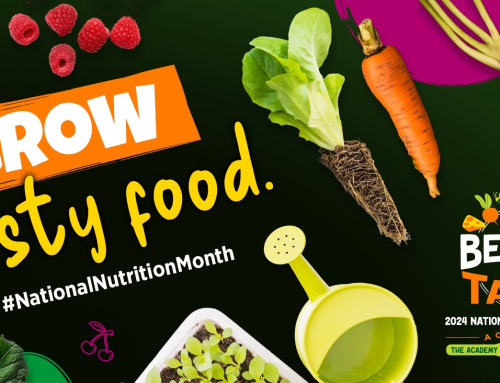Being active is an important part of a healthy lifestyle and for kids getting physical activity every day is a must! According to the U.S. Department of Health and Human Services, regular physical activity in childhood and adolescence improves strength and endurance, helps build healthy bones and muscles, helps control weight, reduces anxiety and stress, increases self-esteem, and may improve blood pressure and cholesterol levels. Getting 60 minutes a day has also been shown to reduce feelings of depression and anxiety and promote psychological well-being, improve students’ academic performance, and achievement and grades, behavior, and the ability to concentrate on tasks in the classroom.

Walking or biking to school is a great way for kids to be active and ensure they are reaching their requisite 60 minutes of physical activity a day and it’s a great way for families to spend some extra time together. Walking and biking to school is not only great for your kids but can help the entire family reach their physical activity goals and can reduce wear and tear on your car and your gas bill!
Because we want healthy youth and communities, local organizations and parents throughout the Bishop area are organizing walk to school days throughout the year. You can get involved by creating your own neighborhood walking school bus, by visiting the Toiyabe Community Wellness Program’s Facebook page to learn more about Walk on Wednesdays, or by checking the Team Inyo calendar for upcoming events. Parents can also encourage their local schools to get involved and help organize walking school buses and other events to encourage more students to find active ways to get to school.
Here is a map of the safe routes to school in the Bishop community. And check out this video of our walk to school activities so far. Have fun walking!
Sources:
Centers for Disease Control and Prevention: Physical Activity Facts
U.S. Department of Health and Human Services. Physical Activity Guidelines for Americans. Washington, DC: U.S. Department of Health and Human Services; 2008.






